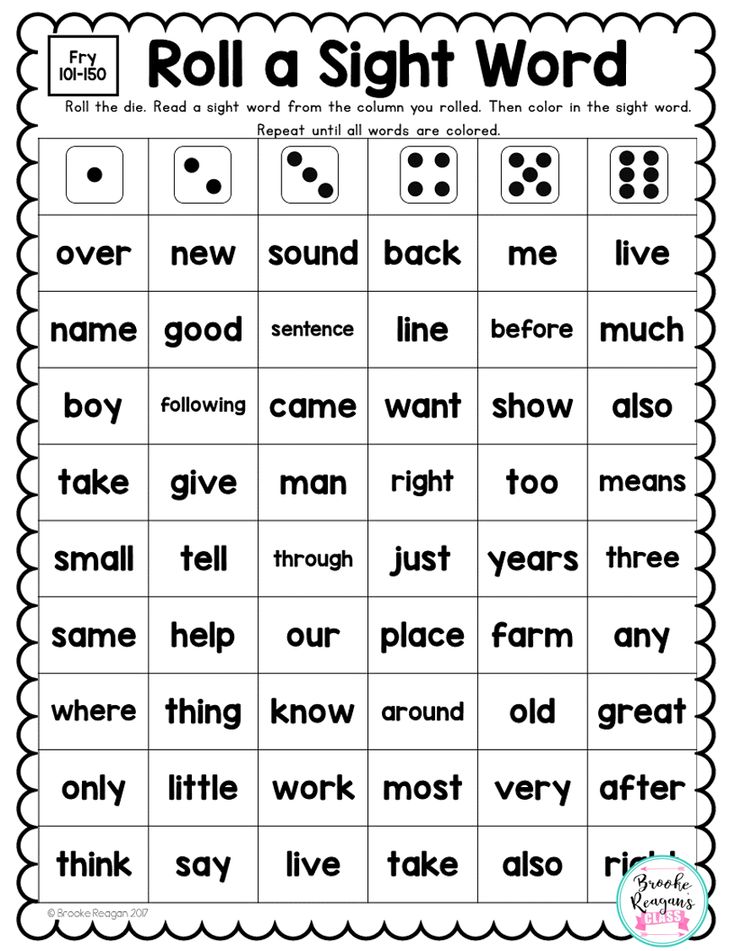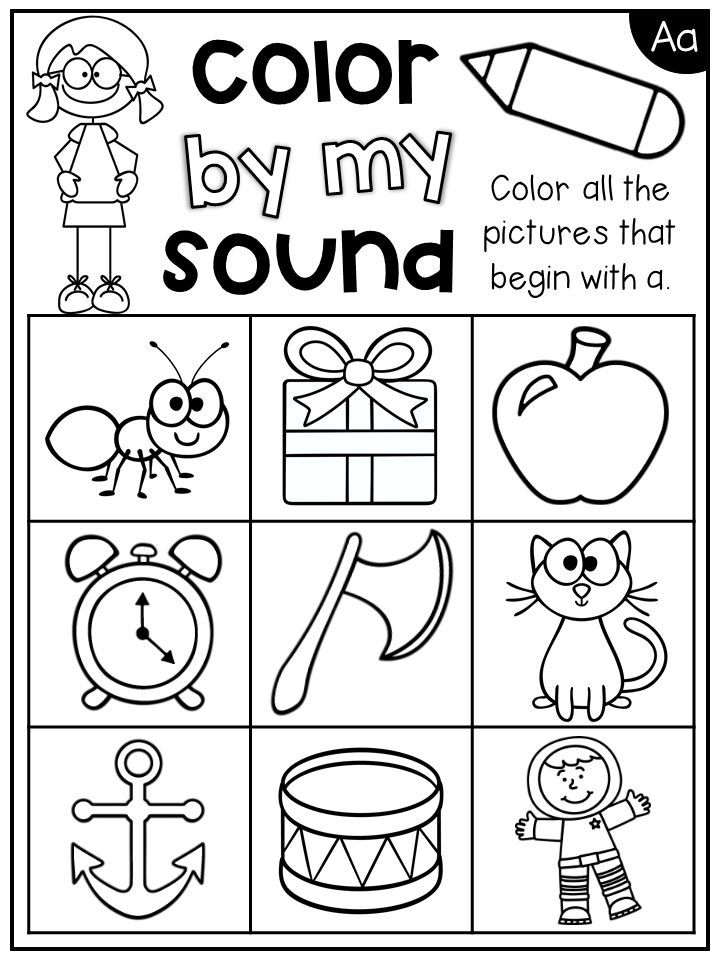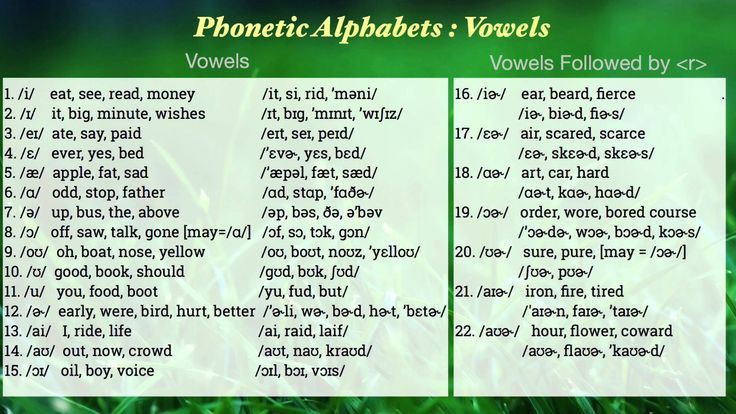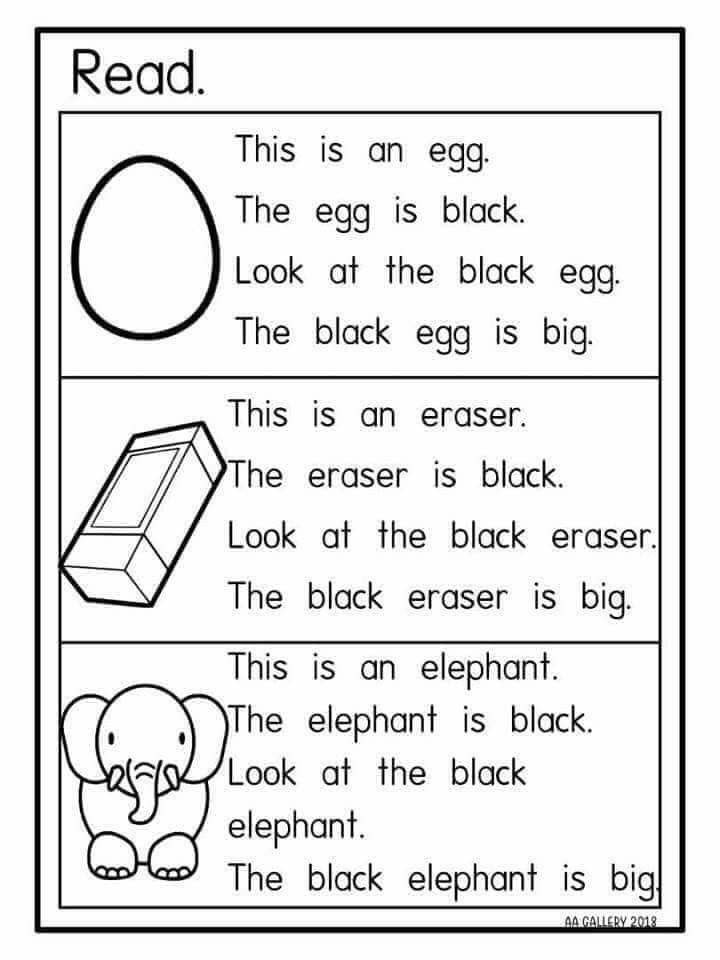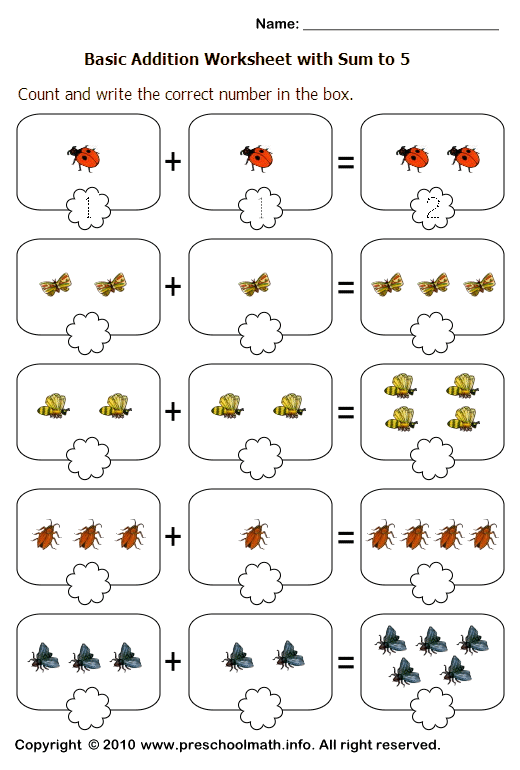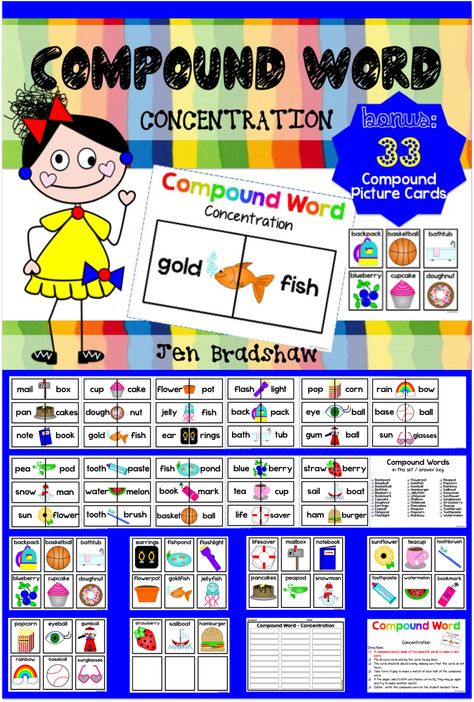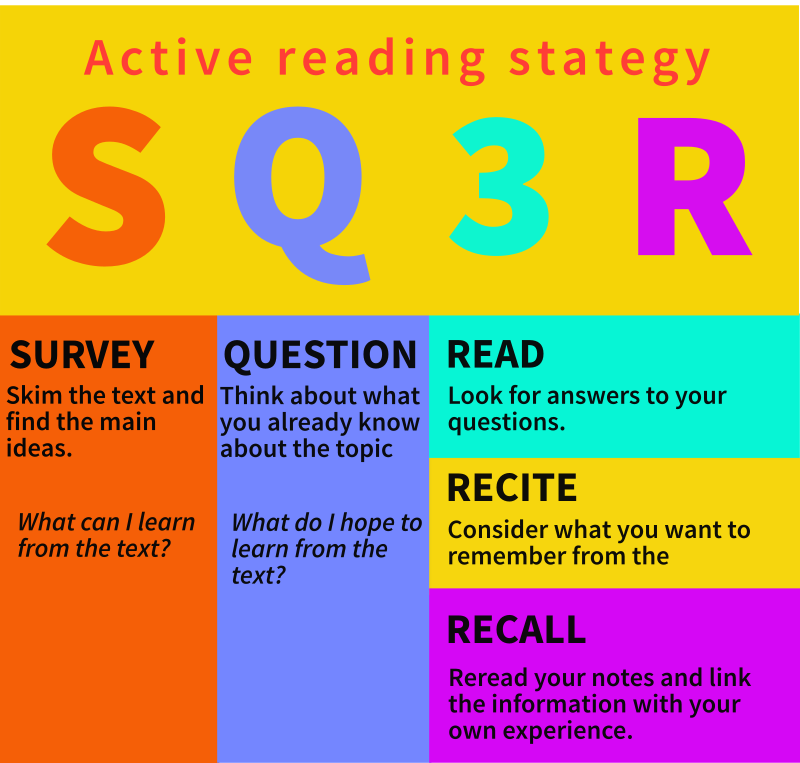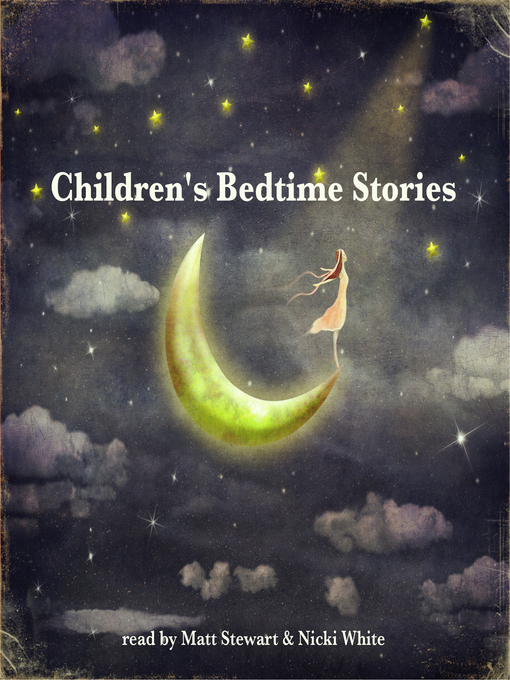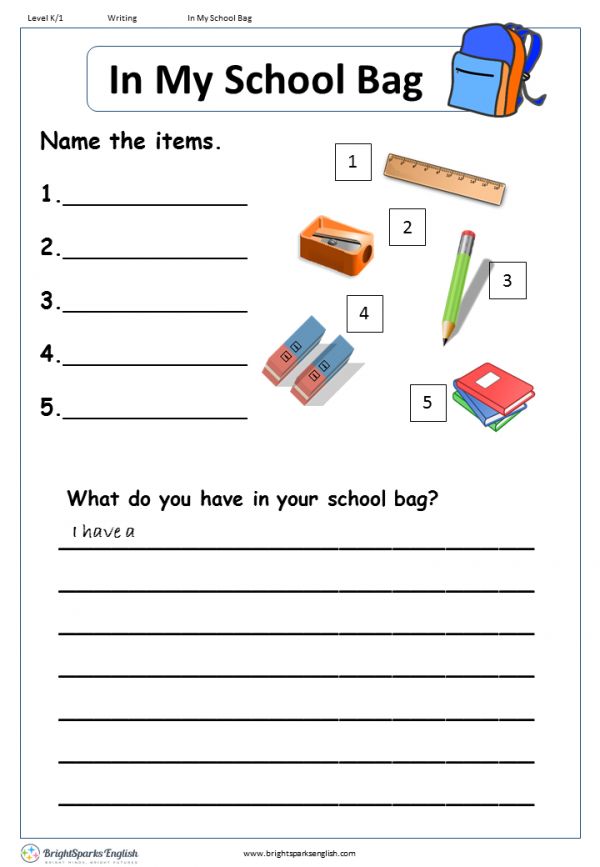What are the basic sight words
Top 100 Sight Words and How to Teach Them
Sight words is a common term in reading that has a variety of meanings. When it is applied to early reading instruction, it typically refers to the set of about 100 words that keeps reappearing on almost any page of text. “Who, the, he, were, does, their, me, be” are a few examples.
In addition to their being very frequent, many of these words cannot be “sounded out.” Children are expected to learn them by sight (that is, by looking at them and recognizing them, without any attempt to sound them out.)
Unfortunately, this means minimal teaching. Often, little is done other than to show the word and tell the child what it is “saying.” For many children, this is not enough, with the result that their reading of these critical words is laden with error.
What does this mean for parents who are helping their children master reading? Basically it means spending some time in truly teaching these words so that your child gains real mastery of them. The key to achieving this goal is accurate writing (spelling)—via memory. That is, the child writes the word when the model is not in view.
You can do this by creating simple sentences that the child reads. (By using sentences, you will automatically be using many “sight words.” In addition, you will be giving your child the opportunity to deal with words in context—a key to meaningful reading) After showing the sentence and having your child read it, turn it over and then dictate the sentence. If there is an error, you immediately stop your child and take away the paper. Then you show the model again and repeat the process. In other words, the writing of the sentence has to be fully accurate, starting with the first word.
If you want a list of those words to help guide your efforts, here is the top 100 according to the American Heritage Word Frequency Book by John B. Carroll.
A: a, an, at, are, as, at, and, all, about, after
B: be, by, but, been
C: can, could, called
D: did, down, do
E: each
F: from, first, find, for
H: he, his, had, how, has, her, have, him
I: in, I, if, into, is, it, its
J: just
K: know
L: like, long, little
M: my, made, may, make, more, many, most,
N: not, no, now
O: or, one, of, out, other, over, only, on
P: people
S: said, she, some, so, see
T: the, to, they, this, there, them, then, these, two, time, than, that, their
U: up, use
V: very
W: was, with, what, were, when, we, which, will, would, words, where, water, who, way
Y: you, your
Click here to download our Recommended Top 100 Sight Words.
Literacy and reading expert, Dr. Marion Blank
Dr. Marion Blank is answering your questions about reading and learning. If you have a question for Dr. Marion, visit the Reading Kingdom Facebook Page and let us know how we can help.
If you think the Reading Kingdom program can help your children learn to read, enjoy a free, 30-day trial here.
Dolch Sight Words List | Sight Words: Teach Your Child to Read
All the Dolch sight word lists, divided by grade, also available as printable PDFs.
More
Five techniques for teaching Dolch sight words. Learn proven ways to introduce words, reinforce learning, and correct mistakes.
More
Print a set of Dolch sight word flash cards, or use our generator to create your own custom cards.
More
Print cards and game boards for 18 Dolch sight word games. A fun way to reinforce sight words lessons!
More
The Dolch Sight Words list is the most commonly used set of sight words.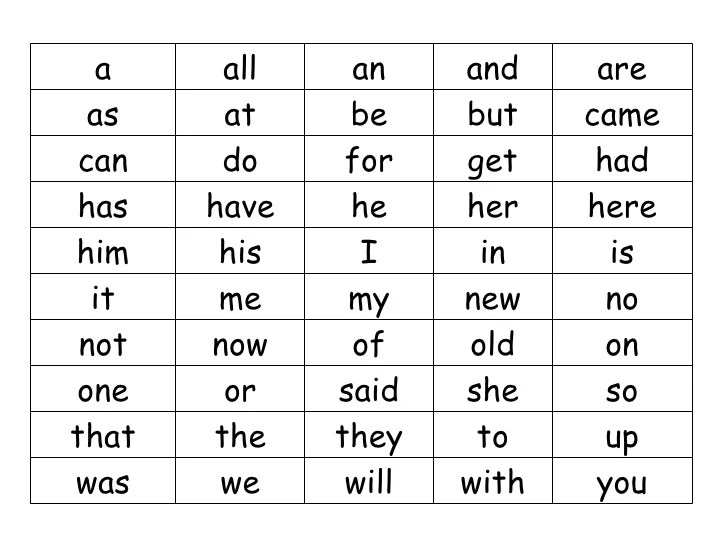 Educator Dr. Edward William Dolch developed the list in the 1930s-40s by studying the most frequently occurring words in children’s books of that era. The list contains 220 “service words” plus 95 high-frequency nouns. These words comprise 80% of the words you would find in a typical children’s book and 50% of the words found in writing for adults. Once a child knows this list of words, it makes reading much easier, because the child can then focus his or her attention on the remaining words.
Educator Dr. Edward William Dolch developed the list in the 1930s-40s by studying the most frequently occurring words in children’s books of that era. The list contains 220 “service words” plus 95 high-frequency nouns. These words comprise 80% of the words you would find in a typical children’s book and 50% of the words found in writing for adults. Once a child knows this list of words, it makes reading much easier, because the child can then focus his or her attention on the remaining words.
The Dolch words are commonly divided into groups by grade level, ranging from pre-kindergarten to third grade, with a separate list of nouns. There are a total of 315 Dolch Sight Words.
- Pre-K Dolch Sight Words
(40 words)a, and, away, big, blue, can, come, down, find, for, funny, go, help, here, I, in, is, it, jump, little, look, make, me, my, not, one, play, red, run, said, see, the, three, to, two, up, we, where, yellow, you
- Kindergarten Dolch Sight Words
(52 words)all, am, are, at, ate, be, black, brown, but, came, did, do, eat, four, get, good, have, he, into, like, must, new, no, now, on, our, out, please, pretty, ran, ride, saw, say, she, so, soon, that, there, they, this, too, under, want, was, well, went, what, white, who, will, with, yes
- First Grade Dolch Sight Words
(41 words)after, again, an, any, as, ask, by, could, every, fly, from, give, going, had, has, her, him, his, how, just, know, let, live, may, of, old, once, open, over, put, round, some, stop, take, thank, them, then, think, walk, were, when
- Second Grade Dolch Sight Words
(46 words)always, around, because, been, before, best, both, buy, call, cold, does, don’t, fast, first, five, found, gave, goes, green, its, made, many, off, or, pull, read, right, sing, sit, sleep, tell, their, these, those, upon, us, use, very, wash, which, why, wish, work, would, write, your
- Third Grade Dolch Sight Words
(41 words)about, better, bring, carry, clean, cut, done, draw, drink, eight, fall, far, full, got, grow, hold, hot, hurt, if, keep, kind, laugh, light, long, much, myself, never, only, own, pick, seven, shall, show, six, small, start, ten, today, together, try, warm
- Noun Dolch Sight Words
(95 words)apple, baby, back, ball, bear, bed, bell, bird, birthday, boat, box, boy, bread, brother, cake, car, cat, chair, chicken, children, Christmas, coat, corn, cow, day, dog, doll, door, duck, egg, eye, farm, farmer, father, feet, fire, fish, floor, flower, game, garden, girl, goodbye, grass, ground, hand, head, hill, home, horse, house, kitty, leg, letter, man, men, milk, money, morning, mother, name, nest, night, paper, party, picture, pig, rabbit, rain, ring, robin, Santa Claus, school, seed, sheep, shoe, sister, snow, song, squirrel, stick, street, sun, table, thing, time, top, toy, tree, watch, water, way, wind, window, wood
- All Dolch Sight Words by group
- All Dolch Sight Words in alphabetical order
Leave a Reply
The structure and functions of the eye, the anatomy of the eye
A person sees not through the eyes, but through the eyes, from where information is transmitted through the optic nerve, chiasm, visual tracts to certain areas of the occipital lobes of the cerebral cortex, where the picture of the external world that we see is formed.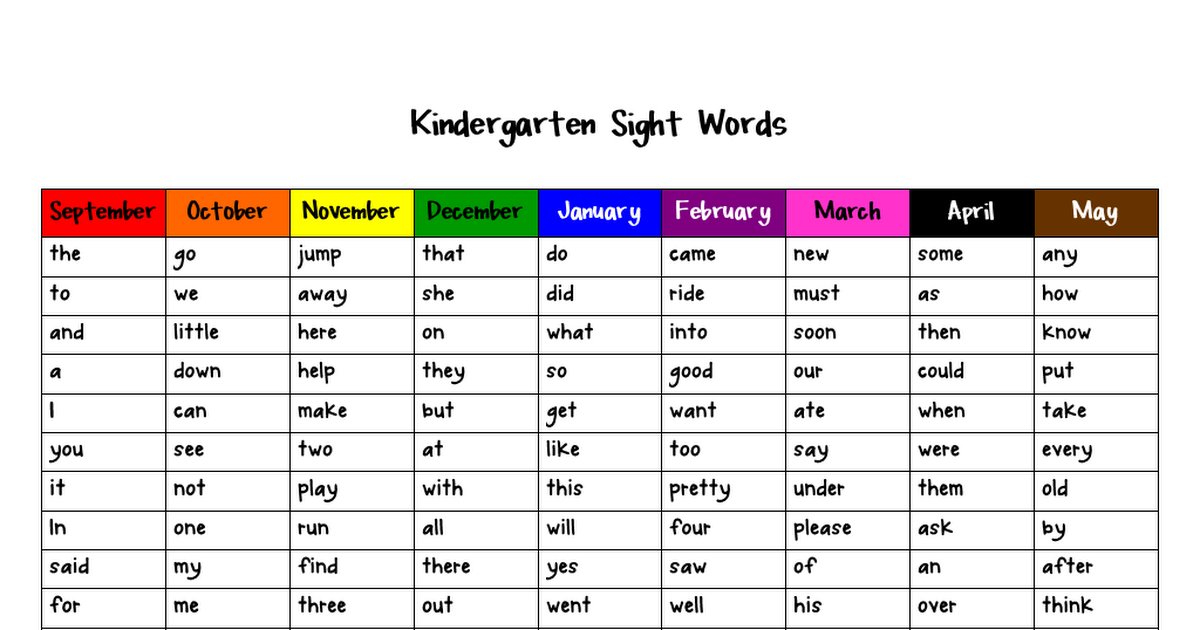 All these organs make up our visual analyzer or visual system.
All these organs make up our visual analyzer or visual system.
The presence of two eyes allows us to make our vision stereoscopic (that is, to form a three-dimensional image). The right side of the retina of each eye transmits the “right side” of the image through the optic nerve to the right side of the brain, the left side of the retina does the same. Then the two parts of the image - the right and the left - the brain connects together. nine0003
Since each eye perceives “its own” picture, if the joint movement of the right and left eyes is disturbed, binocular vision may be disturbed. Simply put, you will start seeing double or you will see two completely different pictures at the same time.
Basic functions of the eye
- optical system that projects an image;
- a system that perceives and "codes" the received information for the brain; nine0013 "serving" life support system.
Structure of the eye
The eye can be called a complex optical instrument.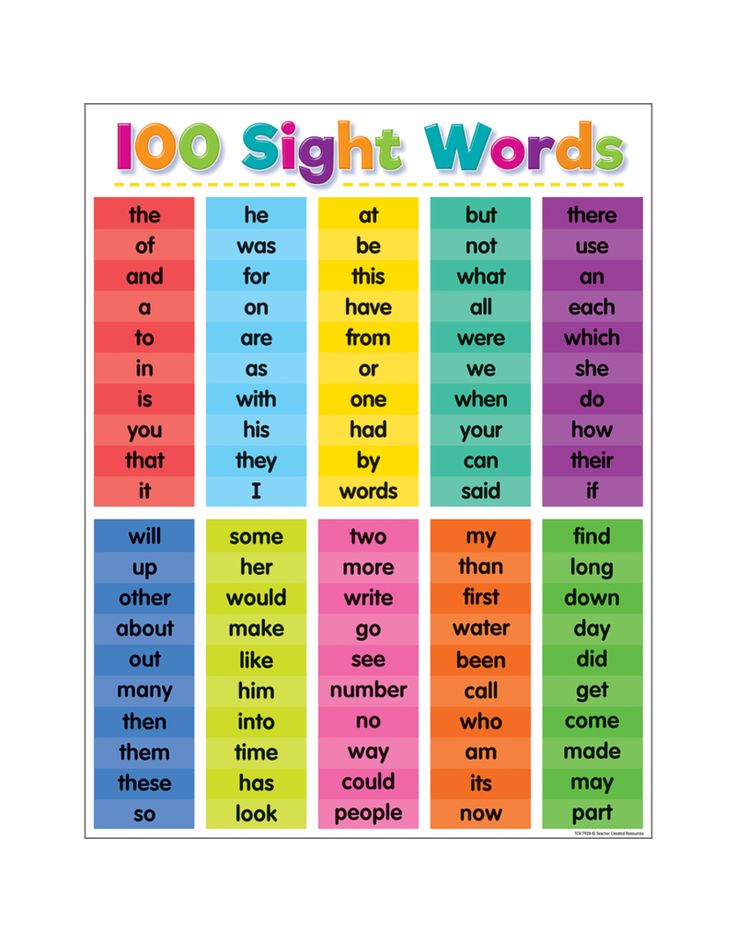 Its main task is to "transmit" the correct image to the optic nerve.
Its main task is to "transmit" the correct image to the optic nerve.
Cornea is the transparent membrane covering the front of the eye. There are no blood vessels in it, it has a large refractive power. Enters the optical system of the eye. The cornea borders on the opaque outer shell of the eye - the sclera. See the structure of the cornea. nine0003
The anterior chamber of the eye is the space between the cornea and the iris. It is filled with intraocular fluid.
Iris - similar in shape to a circle with a hole inside (pupil). The iris consists of muscles, with the contraction and relaxation of which the size of the pupil changes. It enters the choroid of the eye. The iris is responsible for the color of the eyes (if it is blue, it means that there are few pigment cells in it, if it is brown, there are many). Performs the same function as the aperture in a camera, adjusting the light output. nine0003
Pupil - hole in the iris.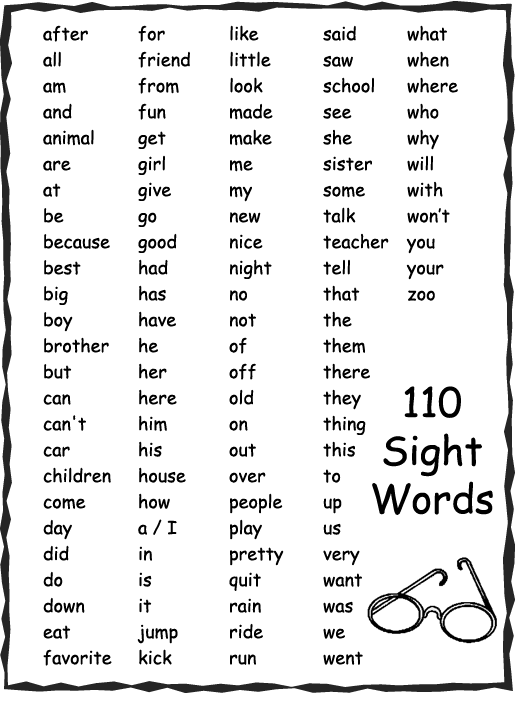 Its dimensions usually depend on the level of illumination. The more light, the smaller the pupil.
Its dimensions usually depend on the level of illumination. The more light, the smaller the pupil.
Lens is the “natural lens” of the eye. It is transparent, elastic - it can change its shape, "focusing" almost instantly, due to which a person sees well both near and far. Encapsulated, held in place by eyelash band . The lens, like the cornea, is part of the optical system of the eye.
Vitreous body is a gel-like transparent substance located in the back of the eye. The vitreous body maintains the shape of the eyeball and is involved in intraocular metabolism. Enters the optical system of the eye.
Retina - consists of photoreceptors (they are sensitive to light) and nerve cells. Receptor cells located in the retina are divided into two types: cones and rods. In these cells, which produce the enzyme rhodopsin, the energy of light (photons) is converted into electrical energy of the nervous tissue, i.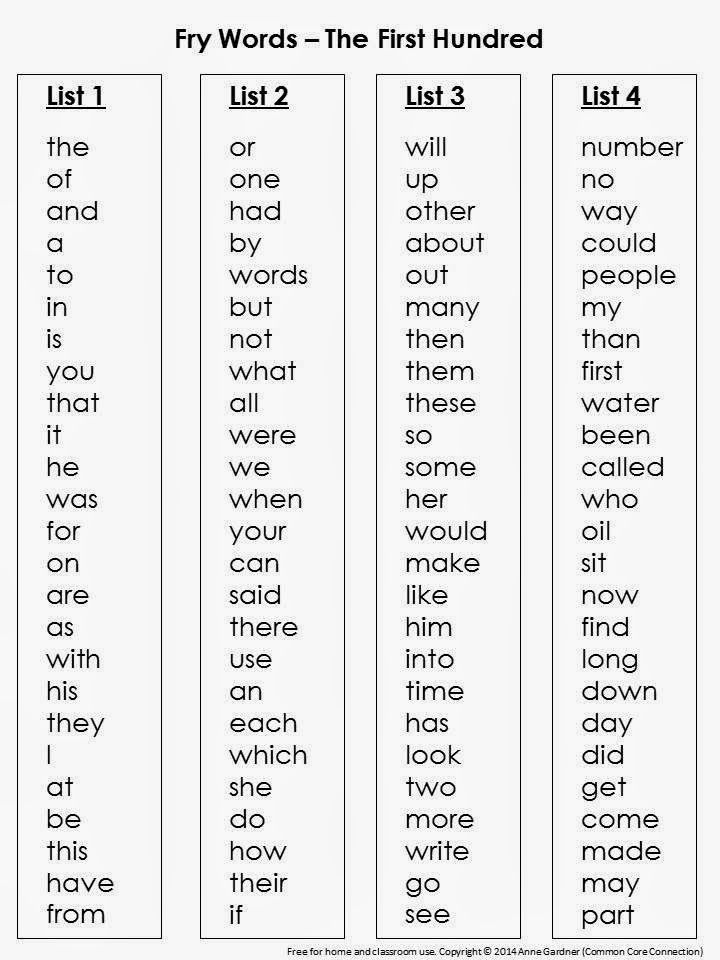 e., a photochemical reaction. nine0003
e., a photochemical reaction. nine0003
The sticks are highly light sensitive and allow you to see in poor light, they are also responsible for peripheral vision. Cones, on the contrary, require more light for their work, but it is they that allow you to see fine details (responsible for central vision), make it possible to distinguish colors. The largest accumulation of cones is in the fovea centralis (macula), which is responsible for the highest visual acuity. The retina is adjacent to the choroid, but loosely in many areas. It is here that it tends to flake off in various diseases of the retina. nine0003
Sclera is the opaque outer shell of the eyeball, which passes into the transparent cornea in the anterior part of the eyeball. 6 oculomotor muscles are attached to the sclera. It contains a small number of nerve endings and blood vessels.
Choroid - lines the posterior sclera, adjacent to the retina, with which it is closely connected.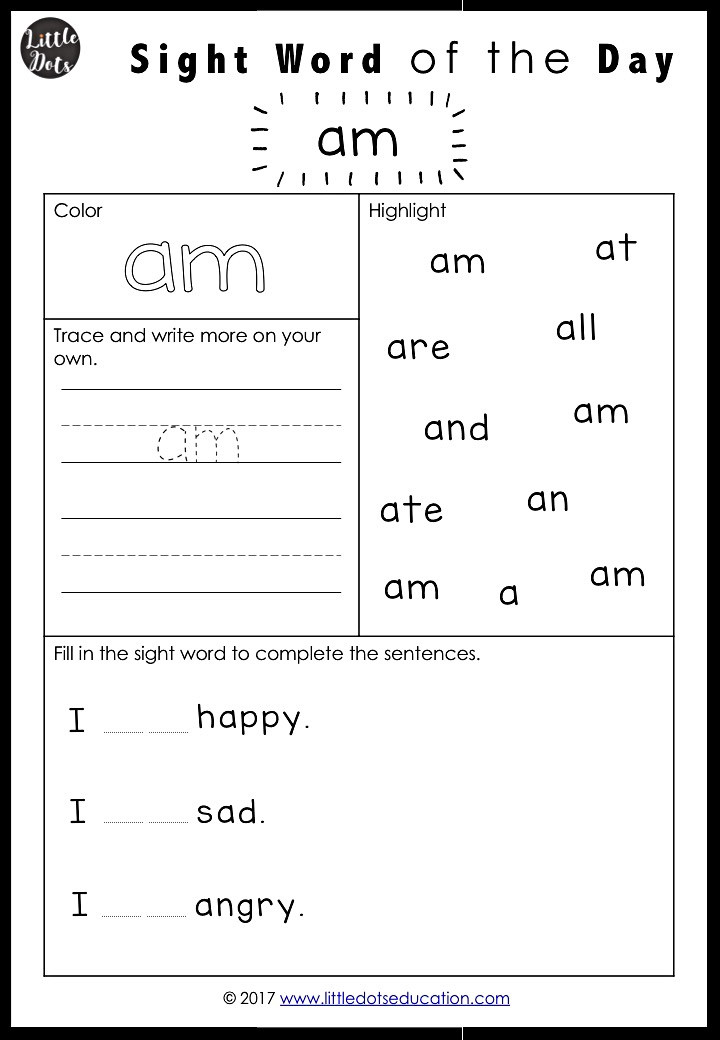 The choroid is responsible for the blood supply to the intraocular structures. In diseases of the retina, it is very often involved in the pathological process. There are no nerve endings in the choroid, therefore, when it is ill, pain does not occur, usually signaling some kind of malfunction. nine0003
The choroid is responsible for the blood supply to the intraocular structures. In diseases of the retina, it is very often involved in the pathological process. There are no nerve endings in the choroid, therefore, when it is ill, pain does not occur, usually signaling some kind of malfunction. nine0003
Optic nerve - with the help of the optic nerve, signals from the nerve endings are transmitted to the brain.
Useful reading
General questions about treatment at the clinic
Emphasis. Type of accent. Place of impact.
Lesson 4: Emphasis. Type of accent. Place of impact.
Stress is the selection of one syllable from the bar. A syllable is distinguished by a relative difference in suprasegmental features between individual syllables tact. nine0003
Accent type
According to the method of isolating a syllable from a measure, the stress can be divided into:
-
dynamic (expiratory, power) - the syllable is emphasized by the force of exhalation
-
quantitative (quantitative) - the syllable is distinguished by longitude nine0003
-
melodic (musical, tonal) - the syllable is distinguished by the movement of the voice tone.
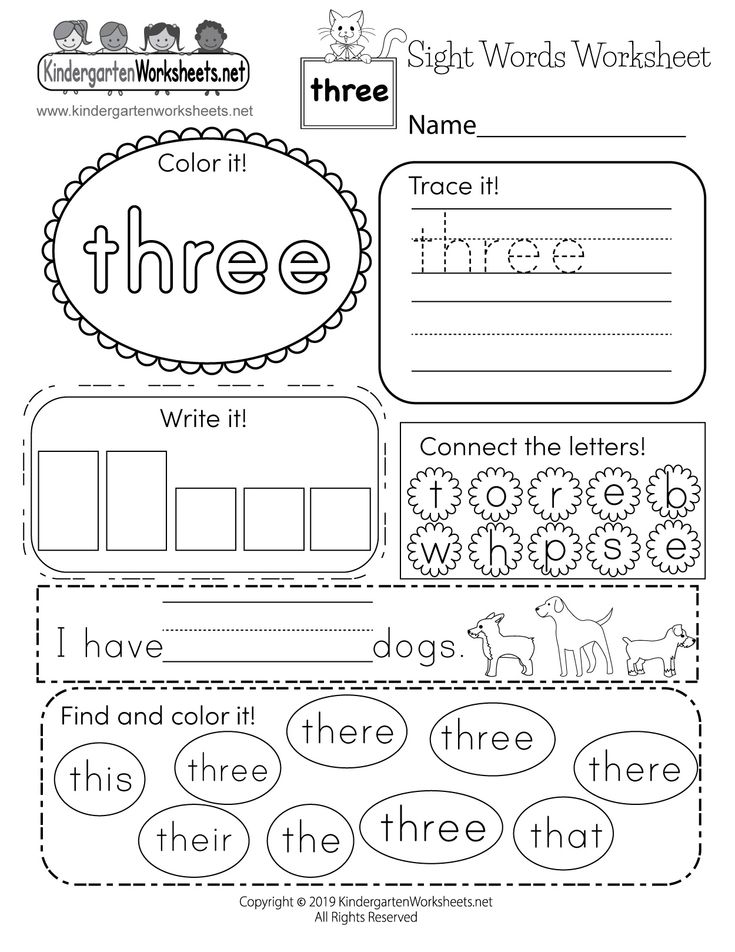
In fact, there are no pure types of stress, almost always one type is accompanied by another, although one of them prevails.
Dynamic accent is available in Russian, English, Czech and other languages. In Russian, dynamic stress is associated with quantitative stress. nine0003
The melodic stress occurs, for example, in Serbo-Croatian, Lithuanian, Chinese, etc.
Dynamic stress is either strong (in Russian, English, etc.) or weak (in Czech, Georgian, etc.)
In highly dynamically stressed languages, almost all the force extruded from the lungs by the air stream is used to pronounce stressed syllable. Unstressed syllables lack strength, they weaken and change. nine0003
Changing the sound of unstressed syllables (primarily their sonorous center) is called reduction .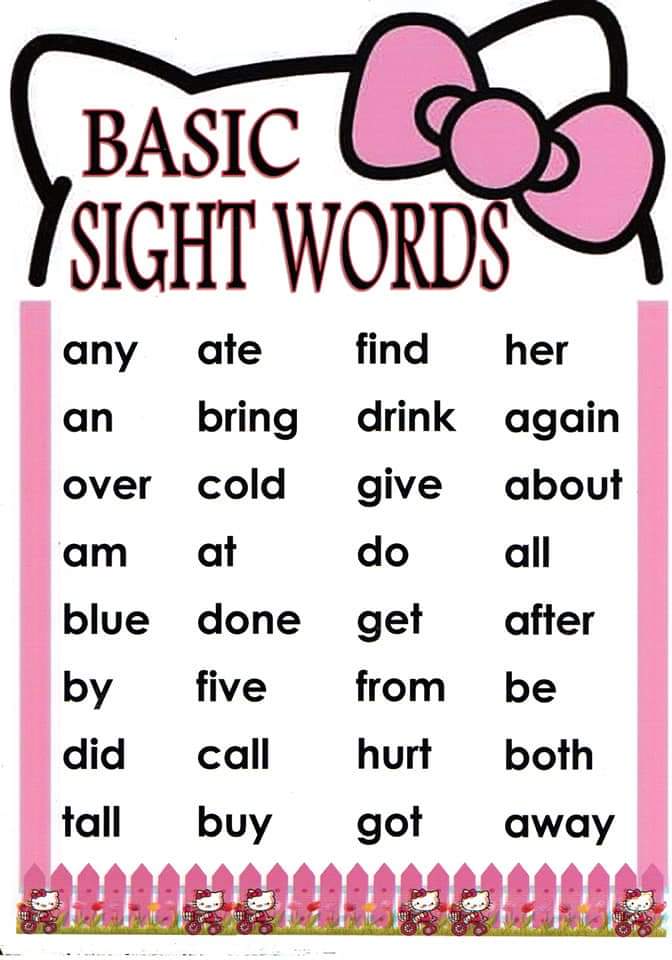
According to the method of separating a syllable from a measure in Russian strong dynamic stress : vowels in unstressed syllables are reduced, which leads to a variety of vowel sounds (allophones), in which a limited the number of phonemes in the Russian language. The strength of Russian stress is accompanied by duration - the substressed syllable of the Russian word is not only the strongest, but also the longest. nine0003
In Czech weak dynamic stress : vowels in unstressed syllables hardly change.
For example: Zá -Mek VE -čer Vé -Cher Zá -MOC for - MC
Duration Voan Sounds CHA performs the meaning -outrageous function and is not associated with the dynamism of the parliament. (i.e. it is a property segment elements) and does not depend on the stressed or unstressed position.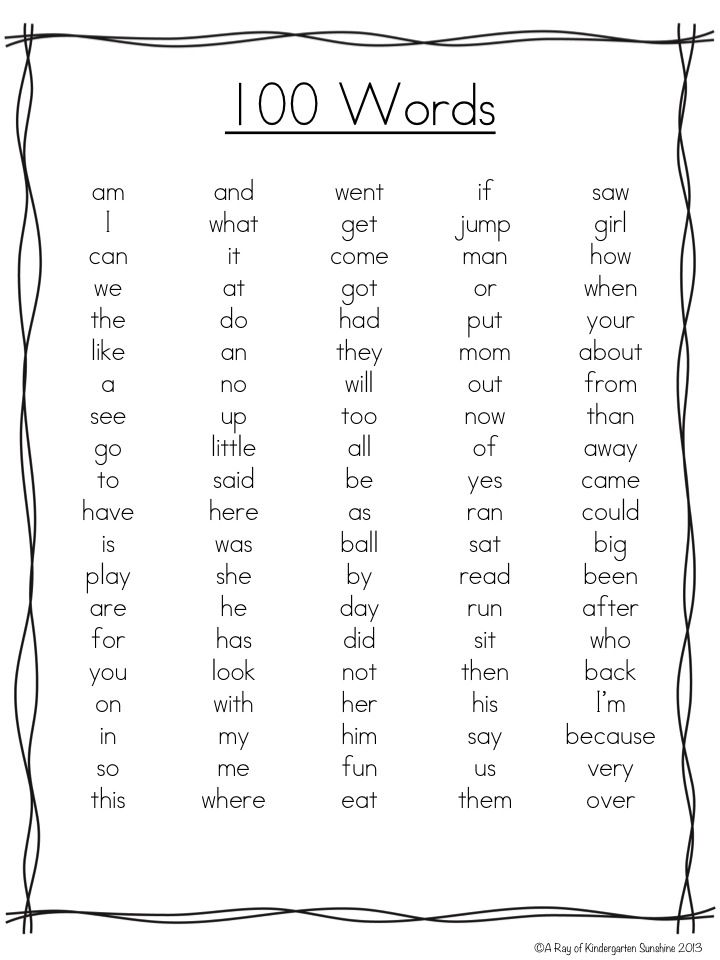 Long vowels are twice as long as short ones. nine0003
Long vowels are twice as long as short ones. nine0003
Duration of the vowel sounds of the PR is not an independent property of segmental elements, it accompanies the force of dynamic stress and is its secondary characteristic. Unstressed vowels are 2-3 times longer than unstressed ones.
So, in the PR there is a strong dynamic stress with a significant quantitative component.
In CN a weak dynamic stress without a quantitative component.
For example:
ra-bó-tat mo-lo-ko o-ho-rood rá-na ra-ná pra-co-vat pa-má-tka
According to the place of the allocated syllable in the word they differ:
-
fixed stress (it always happens on a certain syllable - in CN on the first, in French on the last)
nine0013
free (non-local), which is not associated with a specific place in the word, it falls on any syllable, for example, in RL, in English.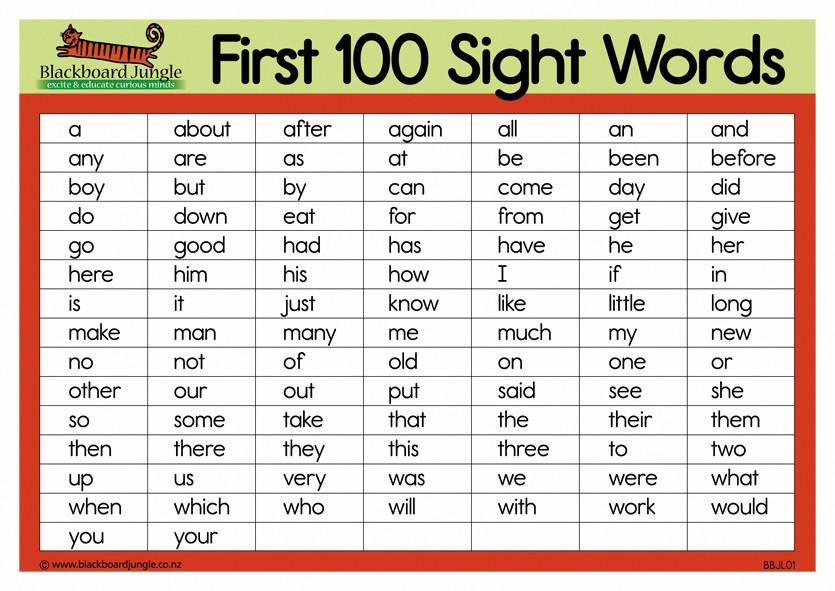 lang.
lang.
Free accent has two subtypes:
-
free permanent i.e. in different forms of a given word, the stress always falls on the same syllable (in English, in most words in RL) nine0003
-
free movable i.e. in different forms of this word, the stress falls on different syllables (for example, in some Russian words - mo-re - mo-r i , pi-shu - p and -shesh).
In RL, the stress is free, mobile and has the function of a semantic-distinctive, phonological means: lock - lock, pi-li - pi-whether. In SN, the stress is fixed and cannot acquire a phonological function. nine0003
But the mobility of Russian stress is limited, in most Russian words the stress is constant .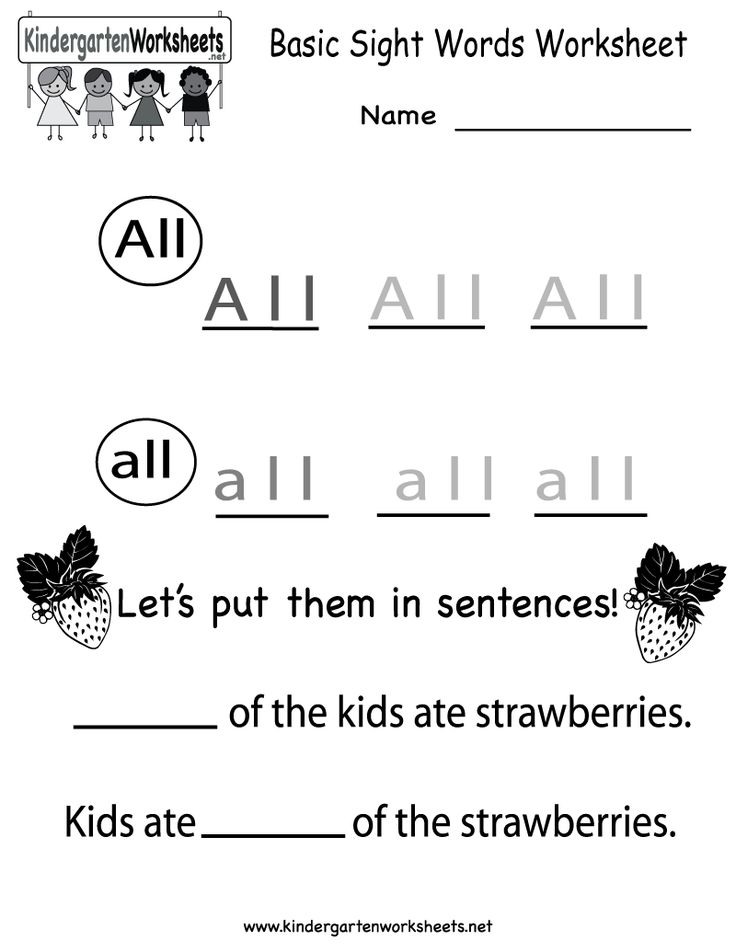
Each independent word in the Russian language has, as a rule, one stress . Functional and in a few cases also some independent words do not have stress on themselves and are adjacent to the neighboring word as proclitic or enclitic .
Enclitics of are some particles, for example: tell me, the teacher said ..., sometimes they can be independent words, for example: didn’t give, didn’t live, take by the hair, etc. nine0003
Proclitics of are usually monosyllabic prepositions, conjunctions, particles, etc., e.g. prepositions in combination with definite nouns sometimes shift the stress onto themselves (the next word becomes unstressed, enclitic). For example: on the head, by the hand, by the hand, without a trace ... (in CH this applies to almost all prepositions).
Two-syllable and three-syllable auxiliary words are either unstressed or weakly impacted (with lateral accent), e.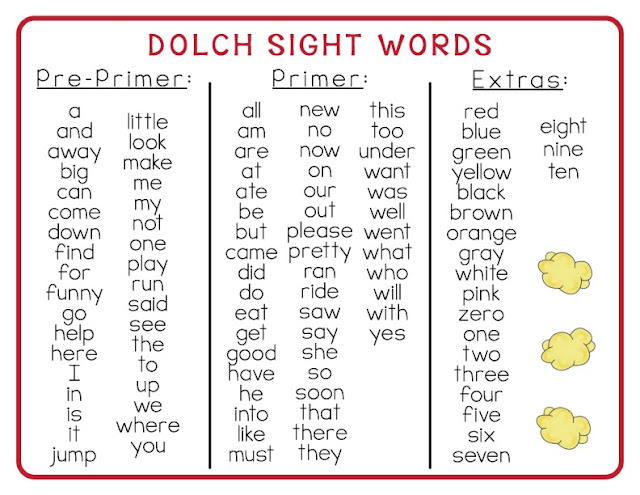 g. in an hour or in an hour.
g. in an hour or in an hour.
Polysyllabic words formed by the addition of two or more stems have, along with the main stress, one more (or more) - secondary . The main stress always falls on the stressed syllable of the last stem of a polysyllabic word, side ones are closer to its beginning, e.g., Far Eastern, radio broadcast. Compound words, small in volume, do not have collateral stress: locomotive, gardener. nine0003
Exercise
Exercise 4.1
Read, Follow the change in the stress in related words
GOGROD - Gorod - Goroda - City - City - Zathorodny
Hold - Khuldnovo - cold - cold - cold - Golos - Golosa - Golosa - Golosa - Golosa - Golosa - Golosa - Golosa - Golosa - Golosa - Golosa - Golosa undertone
Frost - frost - frost and lo - in s frost - frosty
Collar - gate - gate - collar - collar
Beard - beards - chin - wart
Work - earnings - earned - in s worked
Gold - gold and clear - gold - gold plated
Crow - crow - crow - crow - crow
Exercise 4.
 2
2
| Tear off - | apply - | shoot - | |||
| Blind and - | sketch - | nine0308break off | |||
| Cut - | underweight - |
Exercise 4.
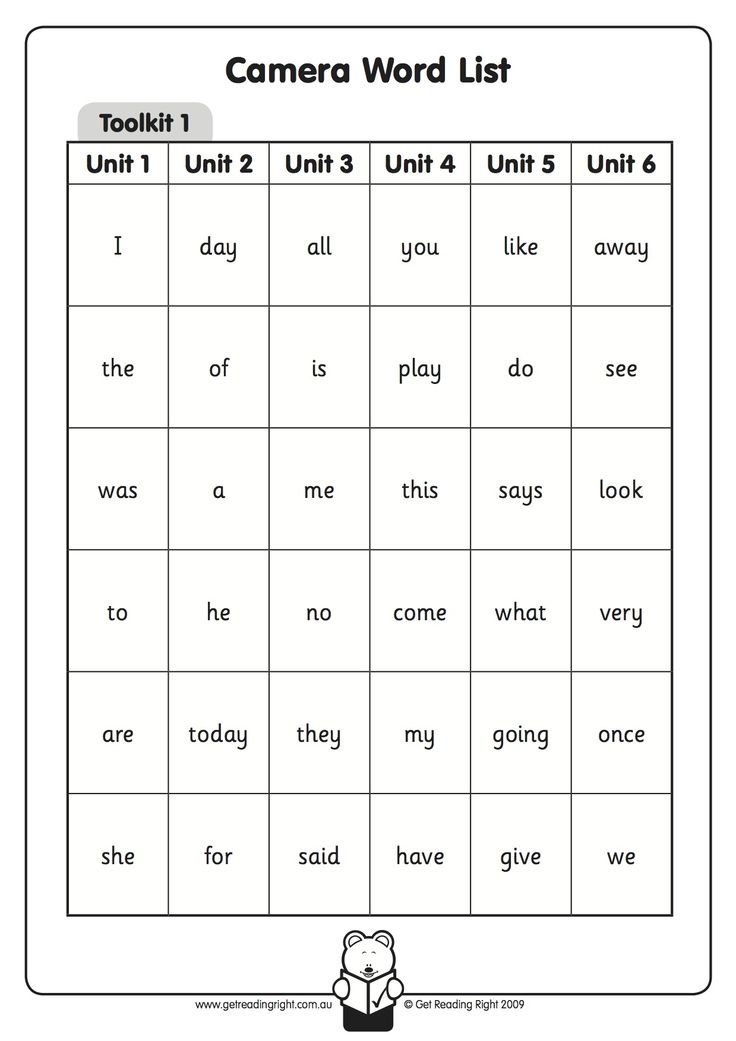 3
3 Form words of this rhythmic pattern
tá – ta
ta – tá
ta – ta – tá
ta – tá – ta
tá – ta – ta
Exercise 4.4
Place emphasis, doctor, report
, steamboat, composer, album, ravine, apparatus, vegetables, room, motor vehicle, dog, road, rock, head, beard, wasp, window, stop, chrysalis, grandmother, father, sister, medicine, patronymic, shore, no place, under the window, in the forest, on the table, under the snow, near the house, near the city, above the door, across the field, across the river. nine0003
Exercise 4.5
Read, pay attention to stress and correct pronunciation took off, pull - chan and .
Literature
The lesson was prepared using the following literature:
Theoretical part
[1]Oliverius, Z. Phonetics of the Russian language. Praha : S.P.N.